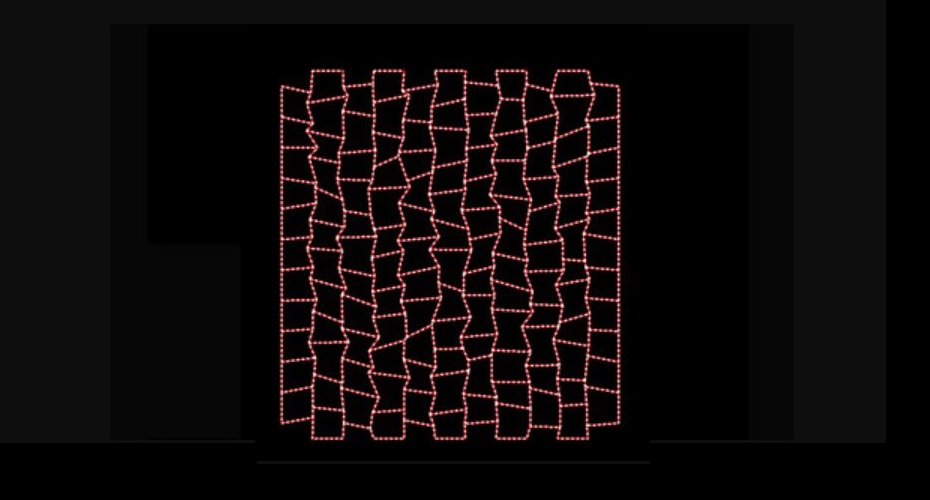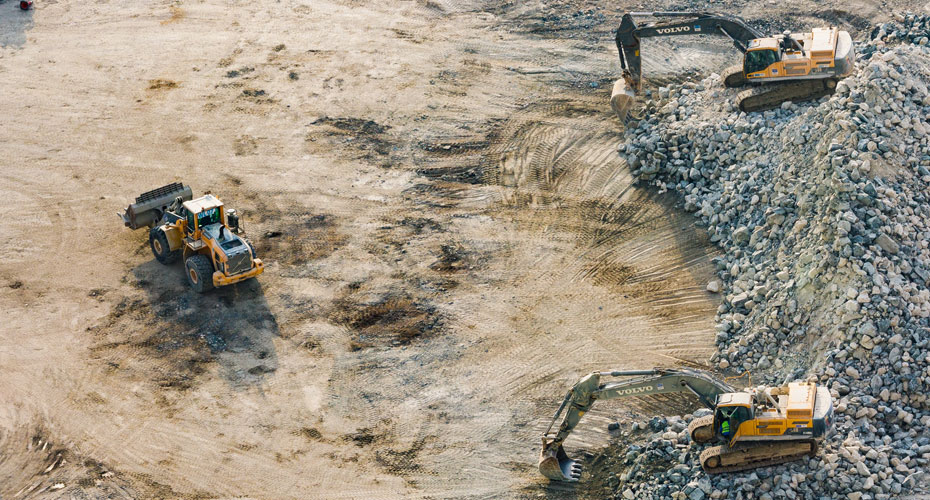Computational Geomechanics
We are a group working on the development of novel and state-of-the-art numerical techniques and computer models for a wide range of geotechnical, geoenvironmental and other engineering applications.
Lead academic - Professor Akbar Javadi
The primary interests of our group lie in the areas of:
- Application of digital twins in geotechnical engineering.
- Finite element analysis of geotechnical and geoenvironmental engineering systems.
- Extended finite element method.
- Self-learning finite element method and engineering applications.
- Modelling of sea water intrusion and the effects on groundwater quality and desalination processes.
- Reuse of waste geomaterials
- Soil stabilisation techniques
- Constitutive modelling of soils.
- Decision support systems
- Application of machine learning and AI techniques in Engineering.
- Engineering application of optimisation and parameter identification techniques.
- Computational Biomechanics
Research interests
The primary interests of the Computational Geomechanics team lie in the areas of finite element analysis of geotechnical engineering problems, constitutive modelling of soils, unsaturated soils, contaminant transport through soils, artificial intelligence and geotechnical applications and application of optimisation and parameter identification to geotechnical engineering problems. The current research activities of the Computational Geomechanics team include:
- Digital twins for monitoring of underground water distribution networks.
- Use of remote sensing and numerical modelling for monitoring of coastal cliffs.
- Modelling of hydraulic fracturing in unconventional oil and gas reservoirs using Extended Finite Element Method (XFEM).
- Development of a fuzzy logic risk assessment tool for groundwater contamination from well integrity failure of hydraulically fractured wells.
- Soil stabilisation and reinforced soils.
- Constitutive modelling of geomaterials.
- Coupled hydro-thermo-mechanical FE modelling of unsaturated soils.
- Modelling of behaviour of expansive soils.
- Data mining in Civil & Geotechnical engineering.
- Numerical modelling and control of seawater intrusion
- FE modelling of flow and contaminant transport in unsaturated soils
- Stochastic finite element method and application to modelling of flow and contaminant transport in soils
- Management of groundwater resources
- Decision Support System for management of contaminated land
- Solar powered agriculture greenhouse desalination system.
- Ocean-powered desalination systems.
- Design and tailoring of microstructure of materials for prescribed material properties
- Development of integrated simulation-optimisation models
- A unified framework for modelling of material behaviour in FEA
- Develop image-driven subject specific spine models (EP/V036602/1)
- Development of a new knee orthosis for OA patients



